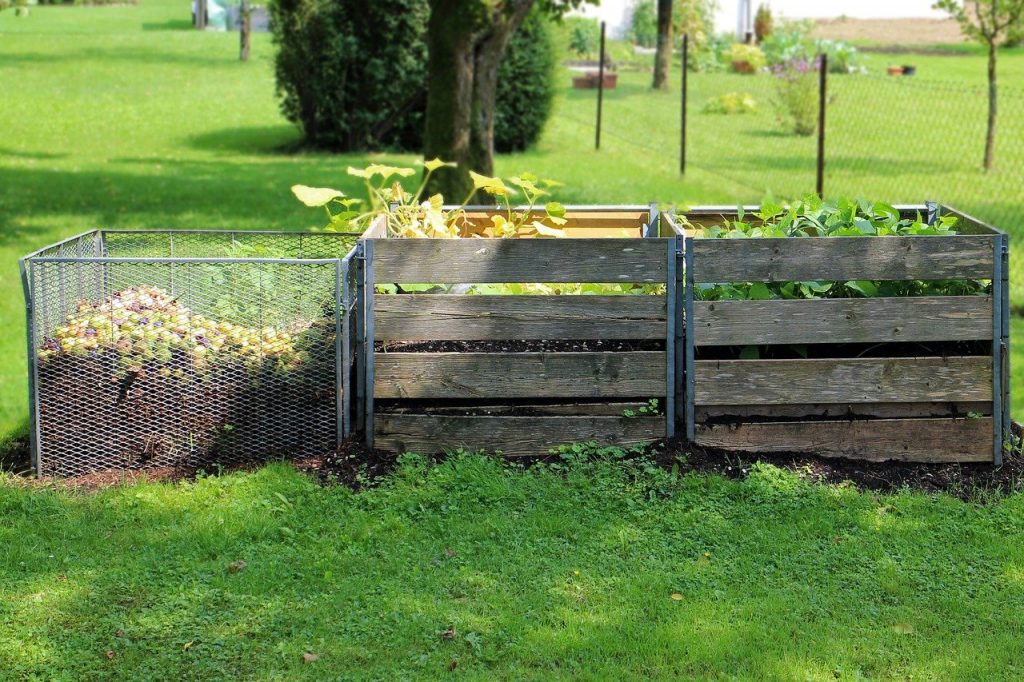
You’ve switched to reusable bags at the grocery store and transitioned to energy-efficient lighting in the home. Perhaps you’re using less plastic, as well. Now you may be wondering how to make the exterior of your home more sustainable.
Whether you’re a master gardener or can’t keep a cactus alive, green landscaping may be the next step to making your home more environmentally friendly.
But what is green landscaping, and how does it relate to your garden?
What Is Green Landscaping?
Frequent mowing and fertilization can damage the environment, polluting the air and nearby waterways with harmful chemical pollutants. Even lawnmowers account for 5% of emissions, according to the U.S. Environmental Protection Agency (EPA).
Green landscaping, however, delivers a sustainable solution to counter the environmental havoc caused by traditional garden and lawn maintenance.
Green landscaping – also known as sustainable or eco-gardening – is a landscape that responds to the natural environment using regenerative, native plant species.
There are several reasons why you should consider green landscaping for your next home project. Some of the benefits include:
- Carbon sequestration, or the process of capturing and storing carbon dioxide from the atmosphere
- Natural air and water purification
- Improves energy efficiency
- Promotes biodiversity by restoring habitats
If you live in an urban area or a rapidly growing community, creating a sustainable garden can help you build a biodiverse ecosystem right at home.
5 Steps for Creating a Sustainable Garden
Implementing a sustainable garden may seem daunting, especially if you lack a green thumb. Follow these five tips and tricks to help you get started.
- Purchase Native Plants to Your Area
Choosing the right plants for your sustainable garden is the first essential component of green landscaping. You’ll want to find out which plants have adapted naturally to your region.
Speak to an expert at a local nursery to learn more about native and invasive plants. You can also use the native plant finder tool from the National Wildlife Federation to see what grows naturally near you.
- Use Salvaged or Recycled Materials
Using renewable, local, low-energy input and recycled materials when creating a green landscape is important. Different ways to incorporate these materials include:
- Utilize various renewable energy sources in your garden, such as wind or solar power.
- Choose regenerative materials like bamboo or jute.
- Irrigate with stormwater that’s captured on site.
- Buy from local suppliers and nurseries.
- Preserve healthy plants that already exist in your garden.
- After tree removal, find ways to use timber as materials in your landscaping.
- Reuse hardscaping materials like bricks, stones, and pavers.
- Used grated rubber tires to create asphalt.
- Follow Integrated Pest Management (IPM) principles instead of toxic chemicals.
- Include Solar-Powered Lighting
Lighting is a beautiful decorative element in any garden. Save energy when adding lighting to your green landscaping by purchasing solar-powered lights.
Solar-powered lights absorb energy from the sun to shine brightly at night. Highlight your walkway and garden beds with smaller path lights and spotlights.
Stake lighting is another option and can add a fun decorative detail to your garden. You can find solar stake lights in the shape of vibrant bulbs, steel flowers, twinkle lights, mason jars, and plenty of other colors and designs.
- Irrigate Responsibly
Did you know that about 50% of outdoor water use is wasted from inefficient irrigation? Try to use water less frequently during the hotter summer months since grass naturally goes into dormancy anyway.
However, when you decide to water your lawn, ensure it’s fully saturated to promote greater root growth and prevent pests. A layer of organic mulch can lock in more moisture and reduce weeds, as well.
A sustainable way to irrigate your green landscaping is by collecting runoff rainwater from your roof in barrels or other containers.
You may also choose to construct a rain garden in a depressed area to allow the ground to absorb water runoff directly. Rain gardens help filter out pollutants and deliver food and shelter to butterflies, birds, and other animals.
- Avoid Using Harmful Chemicals
Stop runoff pollution in its tracks by reducing or avoiding pesticides, herbicides, and harmful fertilizers in your green landscaping.
Purchase healthy, organic soil for your garden. If you do need additional nutrients, add compost or another type of organic material to improve soil quality.
When it comes to lawn care, you can sweep or blow your grass clipping back onto the lawn so they can decompose for added nutrients, or only apply a quick-release fertilizer in the fall to promote growth in the spring.
Eco-Friendly Green Spaces for Curb Appeal
Your eco-garden isn’t just great for the environment; it’ll freshen up the exterior of your home and add greater curb appeal, too. A beautiful green landscape design can also provide a wonderful backyard oasis for friendly gatherings and relaxation.
Bio:
Jane is an environmental writer and the founder and editor-in-chief of Environment.co where she covers sustainability and eco-friendly living.
